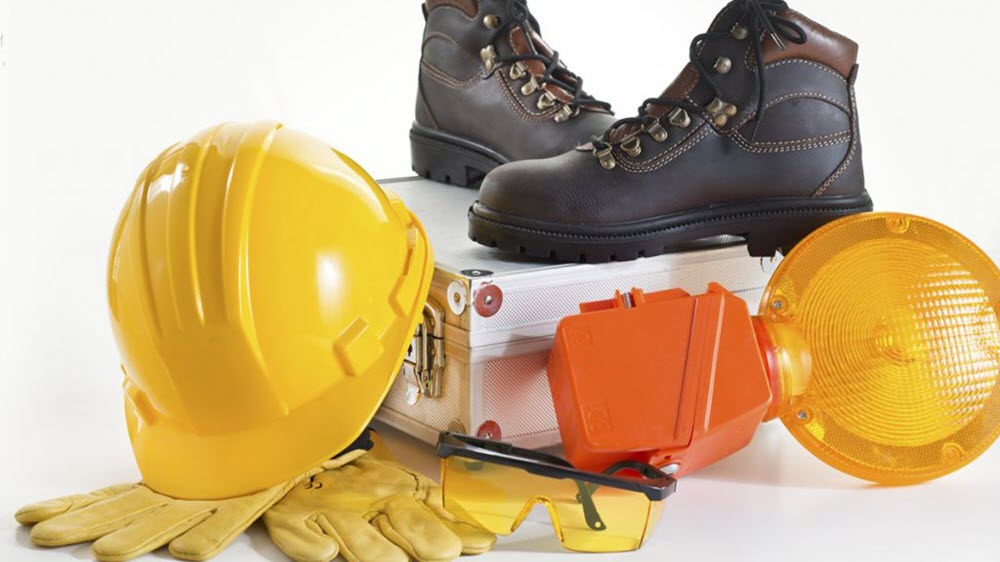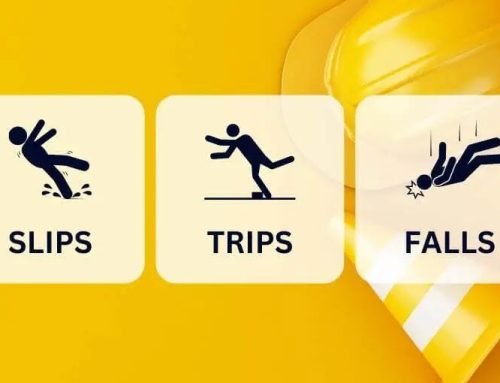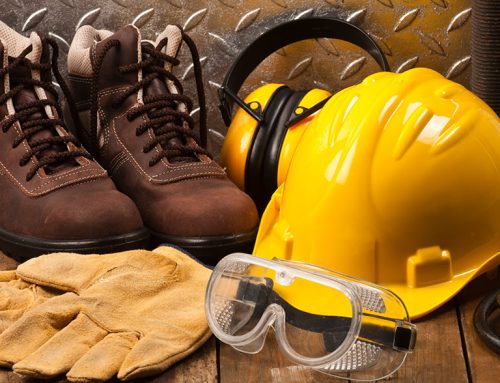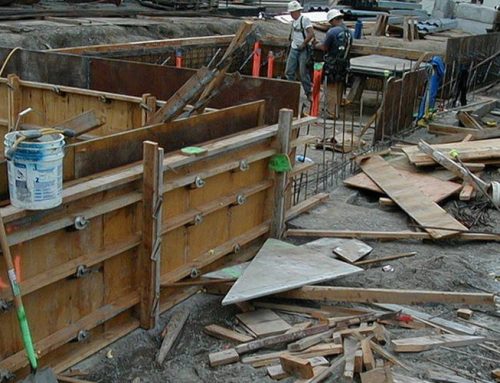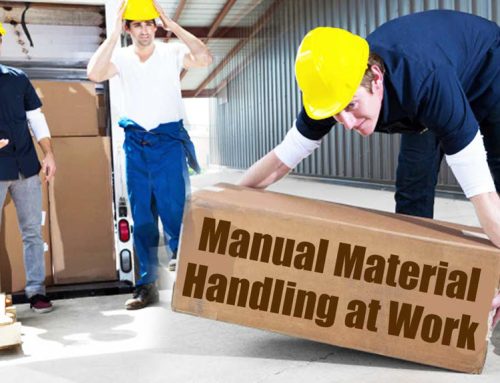What is Toolbox Talks?
Undoubtedly, avoiding work-site accidents is an advantage for any organisation and its employees. A safety toolbox talk is an effective tool that can be used daily or weekly for encouraging a department safety culture and assisting in the health and safety discussions on workplaces. So, to answer the question ‘what is safety toolbox talks’, simply put, then it is an informal group discussion that emphasizes on a specific safety issue. The topic covered is typically related to a project or particular work that is about to be carried out. Also, they are defined in a simple way to make them easy to understand and is a great way for transferring required information among the workers related to the workplace hazards.
How to Conduct a Safety Toolbox Talk?
As a safety toolbox talk is a brief discussion, ideally 5-15 minutes should be allocated to cover the topic of safety at the workplace prior to a project or particular task is started. An apparent rationale behind these regular safety meetings, is decreasing the likelihood of workplace incidents. Safety toolbox talks should be used with a professional approach and suitable efforts should be made to ensure that the organisation’s personnel consider them as a key element of their jobs. In spite of the fact that toolbox talks are usually carried on the workplace, that does not mean we cannot perform these safety meetings at other locations too such as training rooms and similar. Safety toolbox talks are typically organised by supervisors, managers, compliance officers, trainers, health and safety officers to highlight the risk areas of the given jobs. Based on their expertise, these professionals select the most relevant topic that can be discussed, to ensure workers see the relevance and it has the greatest impact on activities being carried out.
Delivering the Safety Toolbox Talk
In case another significant topic is identified during the safety toolbox talk where instant discussion is not required, it can be selected as the topic for the next toolbox talk. The supervisor must ensure the interest level of the attendees for the selected topic and a good way to ensure understanding is to make sessions interactive. This can be achieved by asking questions and seeking input on the topic from attendees.
Good practice is to deliver a toolbox safety meeting at least on a weekly basis to ensure focus on safety is maintained. Also, it is recommended to keep a record of attendance to ensure all stakeholders have had the relevant toolbox talks. To make it simple and effective, a good approach is to pass around a sheet to sign, which could be beneficial to have incorporated as part of the toolbox talk. Similarly, a dedicated person can also be assigned to write down the names of every person attending the safety toolbox talk.
It is very important to remember that safety toolbox talks are completely different from class lectures and training. They are intended to increase people awareness as they start to reflect on health, safety and environmental issues. For this reason, safety talks should be designed in a way that they work as a refresher for attendees to restore their memory about previously known facts.
Organisations where the majority of the work of the employees is in office premises, it can be beneficial to use safety meetings as well. Here the toolbox talks could include topics such as workplace stress, mental health, office safety, ergonomics and safe driving. Last but not the least, any topic applicable to health and safety, which is believed to be relevant for an organisation and can offer potential benefit to its employees, can be covered in safety toolbox talks.
If you are looking for a range of ready to deliver toolbox talks, then you might be interested in our toolbox talk packages which include range of toolbox talks at a cost effective price.

